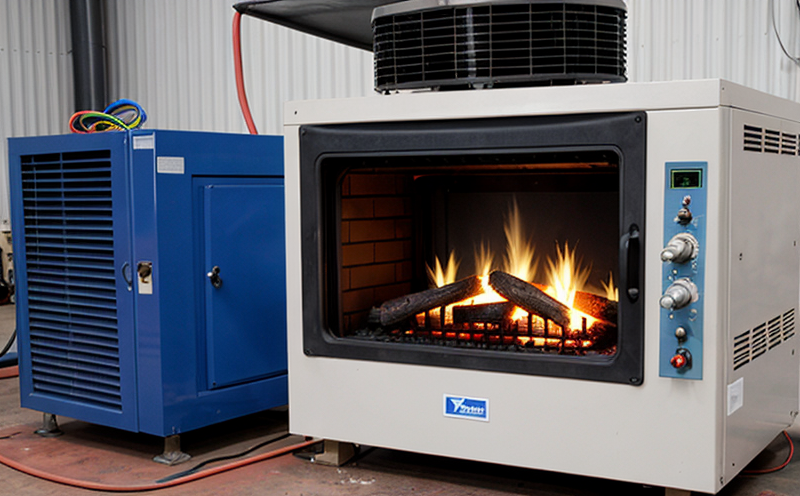IEC 60068 2 40 Thermal Humidity Combined Cycle Testing of Luminaires
The International Electrotechnical Commission (IEC) standard IEC 60068-2-40 defines the procedure for conducting thermal and humidity combined cycle testing, which is crucial for ensuring that luminaires meet stringent environmental requirements. This test simulates real-world conditions to evaluate how a luminaire performs under extreme temperature and humidity variations.
The purpose of IEC 60068-2-40 testing is to assess the durability, reliability, and performance of luminaires in challenging ambient conditions. The test involves exposing specimens to cycles of temperature changes (typically between -25°C and +70°C) and relative humidity levels that range from 10% RH to 93% RH. These environmental stresses are designed to mimic the operational environment that a luminaire might encounter during its lifetime.
During testing, specimens undergo multiple cycles of temperature and humidity changes over an extended period. The test cycle may include up to 50 full cycles, each consisting of a heating phase followed by a cooling phase and a final holding phase under high humidity conditions. This rigorous process is intended to stress the luminaire beyond typical operational conditions to reveal any potential weaknesses or defects.
The testing procedure aims to ensure that luminaires not only withstand these harsh environmental conditions but also continue to function correctly after exposure. Compliance with IEC 60068-2-40 standards is essential for manufacturers and distributors of luminaires, as it guarantees the quality and reliability of their products in a variety of environments.
Proper specimen preparation is critical before initiating testing. This includes cleaning the luminaire to remove any contaminants that could affect test results. The luminaire must also be securely mounted on a suitable rack or stand to ensure consistent positioning during each cycle. Calibration of all measurement instruments and sensors used in monitoring temperature, humidity, and other parameters is crucial for accurate data collection.
The testing apparatus required includes environmental chambers capable of maintaining precise control over temperature and humidity levels, along with high-precision thermocouples or resistance temperature detectors (RTDs) to measure these parameters accurately. Humidity sensors ensure that relative humidity levels are maintained within specified tolerances throughout the test cycles.
After completing all cycles, the luminaire is inspected for any signs of damage or malfunction. Key performance indicators include checking the integrity of the luminaire’s structure, verifying proper operation of its lighting components, and assessing changes in luminous flux due to thermal cycling. Compliance with IEC 60068-2-40 standards ensures that a luminaire can withstand the rigors of various environments without compromising its performance or safety.
Real-world applications for this testing are widespread across industries, including automotive, aviation, and industrial manufacturing, where luminaires must operate in harsh environmental conditions. By adhering to IEC 60068-2-40 standards, manufacturers can ensure that their products meet the highest quality and reliability benchmarks.
- Automotive lighting systems
- Aircraft interior and exterior lighting
- Indoor and outdoor industrial lighting fixtures
- Marine and offshore equipment luminaires





